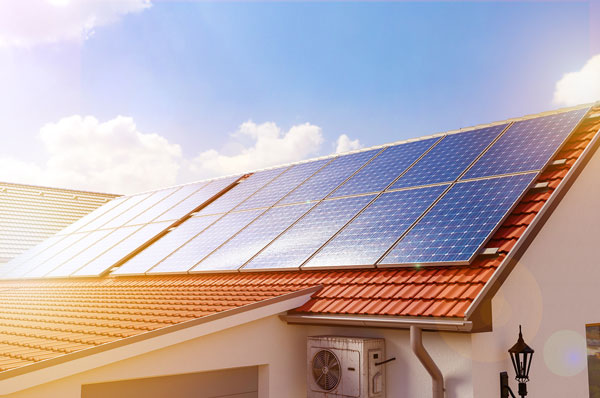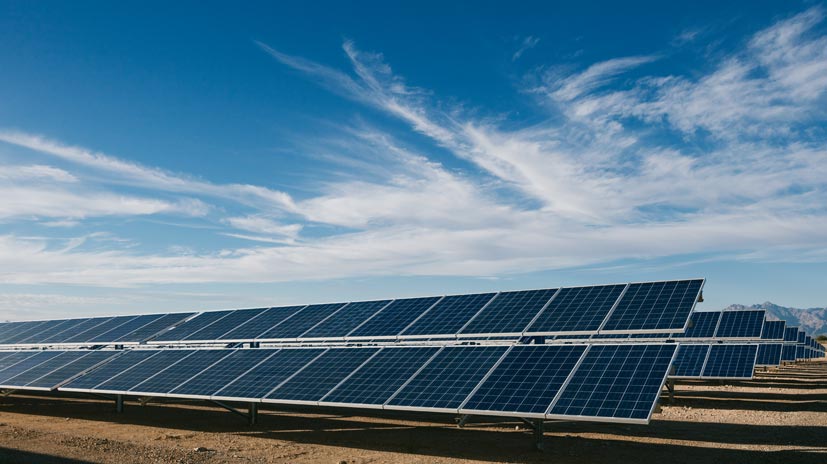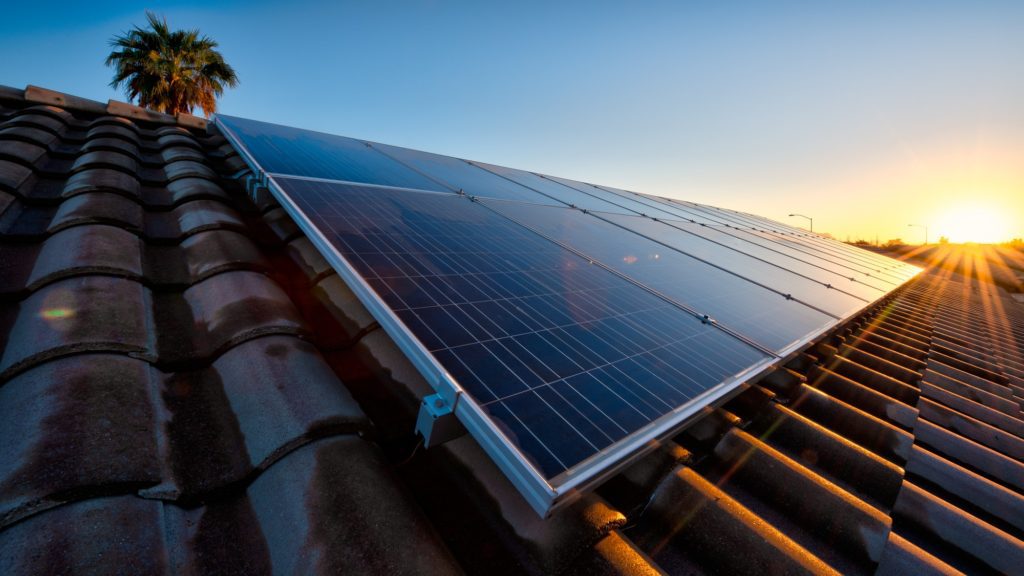Coping With Snow And Ice Accumulation
Snow and ice accumulation is one of the defined challenges that polycrystalline silicon solar panels encounter especially in the colder climates. The capital result of this is a lower sun absorption for the panels, which in turn causes a decrease in energy production. Says that even a light covering of snow that blocks sunlight only a little bit on a panel can cut efficiency by as much as 25 per cent.
Design Solutions
To prevent these issues manufacturers have employed a number of design solutions. One potential solution is to add dark materials to the surface of the panel that absorb solar radiation, which will speed up the rate of melting. They are also installed off, at angles that benefit faster snow melt offs.
Technological Enhancements
Such upgrades are the norm , and even fully automated snow removal systems are beginning to show up everywhere. These will include systems whew sensors spot snow accumulation that will then trigger either a heating element or a mechanical brush that will clear the panel surface. A pilot project in Sweden found that automated heating systems led to a 30% increase in energy output during the winter.
Case Studies
It is important to note that the performance of solar panels remains high with regular maintenance and strategic panel placement as with case studies reported in regions, like Canada and Norway. Solar farm structures are raised in Ontario and snow will fall through, keeping panels clear even in heavy snow.
Implementing Suggestions
To ensure successful carryover and application in cold settings, a site-specific approach in determining the optimal technologies and adaptation pathways is of essence. This approach to slope optimization can be combined with surface treatments and the layering of multiple geometries to provide a complete solution that improves the effectiveness and dependability of snow-impacted solar installations, as well as the efficiency of large solar installations across all their geographies.
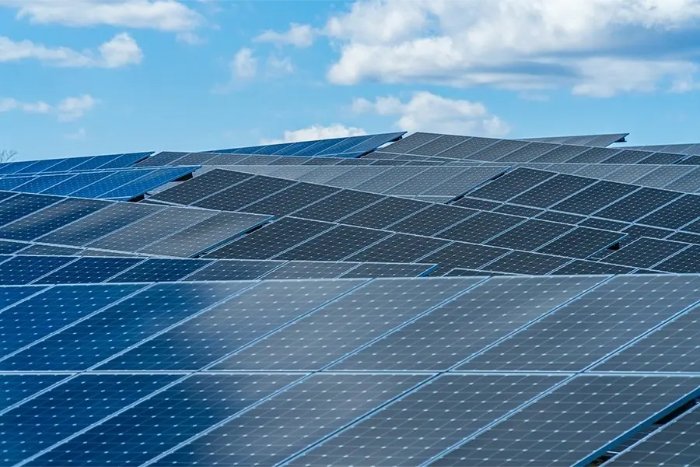
Efficiency Concerns In Low Light Conditions
Decreased Daylight Hours
Poly silicon solar panels need to work well without optimal conditions in a low light prolonged period of areas, particularly in winter months. Research shows that in these situations solar panels are working at roughly 50% above their nominal output when compared to light conditions.
Technological Adaptations
Newer solar technologies have enabled panels to be built that perform relatively well in low-light conditions. These panel incorporate photovoltaic cells that are much more sensitive when it comes to low light conditions, meaning that even off axis or diffuse sunlight can be converted to energy more efficiently. Its cells, which are also relatively recent, can maintain about 80 percent efficiency even in the shade.
Real-World Applications
Similar technologies already work well in locations such as Alaska and Scandinavia that have limited sunlight most of the year. In northern Sweden, one project includes the use of enhanced low-light panels paired with tracking systems that automatically adjust the panel orientation to increase exposure to sunlight throughout the day.
Strategic Planning &Execution
Power can also be a challenge to deploy in the cold, as projects need to plan the layout and placing of panels and directions they are pointing in order to take full advantage of light availability throughout the year. This includes choosing any type of panel just for low-light efficiency. Implementing all of them will absolutely keep energy production high even on the darkest months.
Material Durability Against Harsh Weather
Extreme Temperatures
Cold climates and rapid temperature changes put polycrystalline silicon solar panels to the test. These factors can make materials shrink or expand, which results in micro-cracks in solar cell modules. Data from a study in northern Canada suggest standard panels degrade at a rate up to 10% faster in very cold climates than in more temperate climates.
Material Engineering Innovations
To solve these longevity considerations, producers have made solar panels with enhanced glass and much more pliable backings which could creep at potential temperature differences. A novel solar panel, which combines a type of solar panel material with a composite material that expands and contracts perfectly, will also reduce cracking risk by 70% compared with the same The traditional material.
Better Weatherproof Coating
Other innovations include hydrophobic coatings that repel water and ice, reducing the need for anti-icing strategies and thus the physical weight stress on the panels. The technology is already being employed in Iceland where treated panels have witnessed a 50% reduction in the number of incidents caused by ice.
Implementation in Extreme Cases
Practical applications prove anymore that if they are properly laid out these solar panels can perform well in bad weather and still last for at least two decades. In another instance, a solar farm in Finland equipped with the panels and coatings performed to near-perfection during the frigid winter months, but only due to mitigated impacts of any harsh weather that would normally be a bane there.
Strategic Material Choices
A strategic approach is needed to implement these material innovations, defining which technologies are used according to environmental challenges and analyzing placement areas that are still risky related to climate. This results in long-term durability and performance of solar installations under cold and rough climates.
Installation And Maintenance Logistics
Custom Deploy Strategies
Polycrystalline silicon solar panels, in cold climates, are usually set via certain strategies in order to manage the terrain as well as the existing weather. Installations in these areas frequently require raised mounts to get panels out of the snow zone. These adjustable mounting systems In Norway, energy capture during the winter There by up to 15%).
Maintenance Challenges and Their Solutions
Utility access can be difficult in those conditions, and service is impacted by frequent snow removal. We have leveraged drone technology for online inspection and maintenance to reduce site visits. Drones with thermal imaging cameras are used in Alaska to monitor for snow and ice accumulation that would cause the panels to perform poorly.
Optimizing Panel Performance
It is important to have a detailed maintenance schedule so that your engine can perform properly throughout the year. These are weather-appropriate schedules, with winter pre-checks, winter mid-checks, and spring repairs following winter storms. The strategy seems to be working in places such as Siberia as routine maintenance has prevented up to 20% of normal winter drops in performance.
Remote Location Logistical Coordination
For remote installations, efficient logistics management is crucial. This means organising material & tool transport during weather windows or ensuring that maintenance teams can reach the site when required. For selected applications in remote areas of Canada, sector players also use a set of prefabricated, lent-specific panels that can be assembled and disassembled in a short period of time, therefore enabling easier transport and mounting requirements.
Training and Support
Ensuring sufficient training for the installation and maintenance teams is also critical. Training includes special training on cold region issues; functionality of equipment in low temperature, emergency repair maintenance in unexpected weather conditions etc. Better training alone has been proven to increase installation efficiency and reduce maintenance response times significantly.
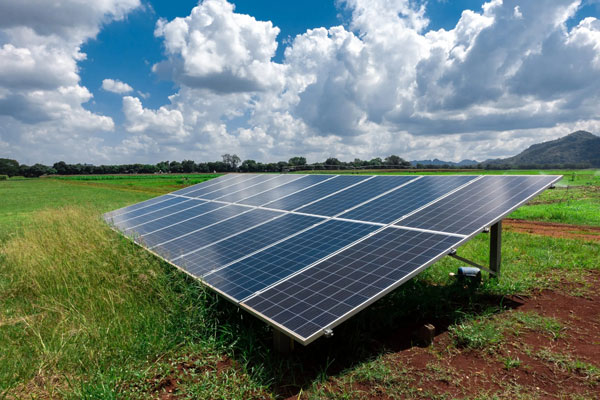
Solutions And Innovations For Cold Weather Performance
Integrated Heating Systems
Heating systems are one of the best ways to improve the performance of polycrystalline silicon solar panels in cold weather. Such systems are made to melt snow and ice on the panel face so that the sunlight to not be blocked. In Finland, a solar farm uses panels with embedded heating coils; they switch on when the temperature drops below a set point, reducing their efficiency by only 5%, even in heavy snow.
Bi-Facial Solar Panels
In colder regions bi-facial solar panels, that take in sunlight on both their front and rear surfaces, hold considerable potential. Snow reflects sunlight, increasing energy production up to 10%. In Switzerland bi-facial panels produced more energy in winter than traditional panels, because they absorb reflected light (bi-facial solar panels work front and back (duh!) in case you were wondering what's bi- about them).
Energy Storage Integration
Another example of innovation that helps to minimize the variance in solar power output during winter is the integration with energy storage systems. This energy is stored in these systems by the excess energy they generate on bright, sunny days which can be used in the case of extended poor weather. From cleaning up dirty plumbing to stabilizing your utility to give grid power a run for its money, energy storage has been launched at a range of scales for completely different reasons.
Comprehensive Photovoltaic Materials
It is also important to note that advanced photovoltaic materials that work well at a lower temperature are needed. The same researchers who discovered the phenomenon in February have now developed a new generation of photovoltaic cell, which uses a material such as perovskite and can deliver high performance under cold temperatures and low light level. Tests in Siberia show that even in the middle of the winter the perovskite cells deliver up to 20% more power than the traditional silicon cells.
Intelligent monitoring and mechanization
Real-time optimization using AI-driven monitoring systems. These systems analyze weather and daylight available to make sure they are operating efficiently and calibrate over time with each panel according to cloud coverage and energy stored. One solar plant in Norway relies on AI analytics to forecast weather patterns and adjust the angle of the panels and heat activation, which maximizes output for a small period during the harsh winter months.



